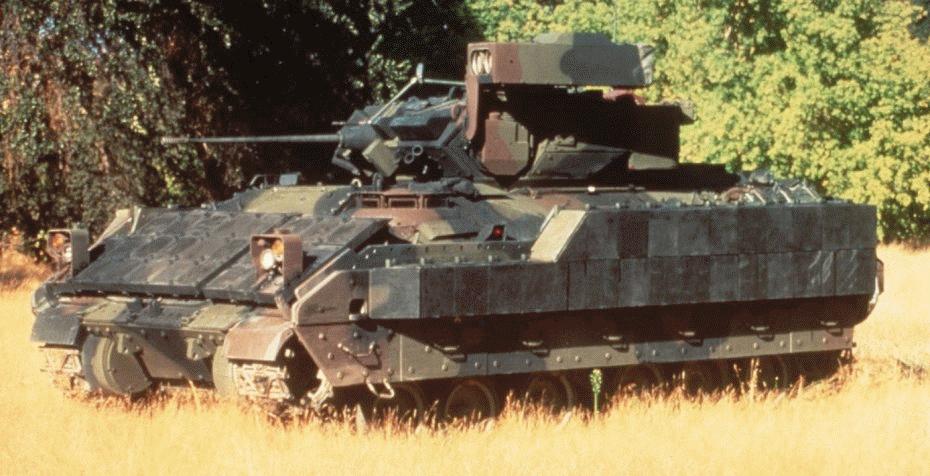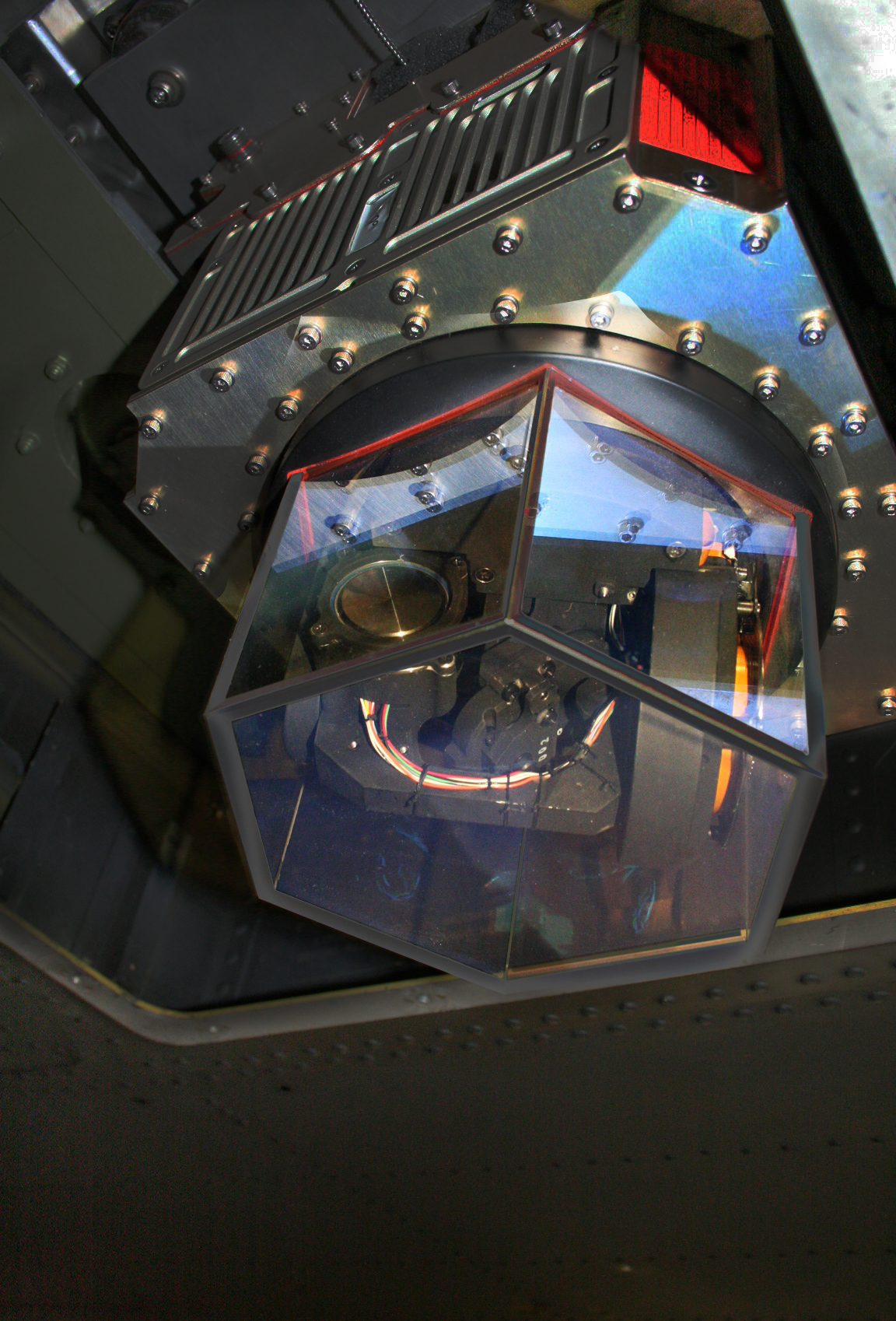A rocket-propelled grenade (often abbreviated RPG) is a shoulder-fired, anti-tank weapon system that fires rockets equipped with an explosive warhead. These warheads are affixed to a rocket motor and stabilized in flight with fins.
The basic principle behind the effective use of rocket-propelled grenades is to get as close as possible to the target and to ensure the shot is accurate. The tell-tale trail of smoke emanating from the RPG means that the RPG operator and his assistant can quickly become visible.
Buildings, vehicles with little or no armor and, of course, human beings are all vulnerable to RPG fire. In particular, the fragments from exploding grenades can cause considerable damage to troops, and this principle was used effectively against Mujahideen firing positions dug into mountain slopes.
 A rocket-propelled grenade would be fired above and behind the firing position, raining down shrapnel and rock onto the hidden troops.
A rocket-propelled grenade would be fired above and behind the firing position, raining down shrapnel and rock onto the hidden troops.
Rocket-propelled grenades are most efficient when deployed in small groups. Two or three shots at a vehicle from close range increases the chances of destroying the vehicle, and can even be effective in destroying an armored tank. A first shot takes out the driver's viewing prism, and further shots work their way through the armor, concentrating on one particular spot.
The "original" RPG based on the German Panzerfaust anti-tank weapon - was eventually followed by the RPG-2, the RPG-3 and so on.
 Today, the RPG-7 is used by the armies of over forty different countries and is also used, reportedly, by a range of terrorist organizations in the Middle East and Latin Americas.
Today, the RPG-7 is used by the armies of over forty different countries and is also used, reportedly, by a range of terrorist organizations in the Middle East and Latin Americas.
The current RPG-7V model can mount a telescope and both infrared and passive night sights. All RPG-7 models have optical sights which can be illuminated for night sighting.
Inexperienced RPG operators could engage a stationary target effectively from 150 - 300 meters, while experienced users An Israeli M-60A3 modified with reactive armour modules called Blazer, developed in the late 1970s by RAFAEL and IMI. The new armor proved highly effective against shaped charges and RPGs.could kill a target at up to 500 meters, and moving targets at 300 meters.
Since RPGs are an effective weapon used by the enemy, there has be some development for countermeasures .
Reactive armor is a type of vehicle armor that reacts in some way to the impact of a weapon to reduce the damage done to the vehicle being protected.
Reactive armor can be defeated with multiple hits in the same place, as by tandem-charge weapons, which fire two or more shaped charges in rapid succession. Without tandem charges, hitting the same spot twice is much more difficult.
The Russians have also used cage Armour, to protect against RPGs in Chechnya.

RPGs have caused over fifty percent of U.S. soldiers killed in action. In Iraq, the US Army is using reactive armor to protect the Bradley M2.
Trophy (also known as ASPRO-A. Israel Defense Forces designation ("Windbreaker") is an active protection system (APS), designed to supplement the armor of both light and heavy armored fighting vehicles. It intercepts and destroys incoming missiles and rockets with a shotgun-like blast.
The primary role of Trophy is defense against missile strikes, particularly for lighter armored personnel carriers, which are very vulnerable to rocket attacks. Use of Trophy on the Stryker vehicle will remove the need for the heavy slat armor to defend against high explosive antitank (HEAT) warheads, and allow a battle-ready vehicle to fit into a C-130 Hercules cargo aircraft; Slat armor must be removed before the vehicle is loaded into the plane and reattached at the destination. This process in turn takes over 100 hours of cutting and welding, making it impractical under combat conditions. In addition, the newer, smaller size will improve the vehicle's ability to negotiate urban areas.
 Iron Fist is a hard-kill active protection system (APS) designed by Israel Military Industries (IMI), with a modular design allowing adaptation to a range of platforms ranging from light utility vehicles to heavy armoured fighting vehicles. The concept was revealed by IMI in 2006 and was expected to enter Israel Defense Forces tests by mid 2007. The system has already been successfully tested against a wide variety of threats including rocket-propelled grenades, anti-tank guided missiles and tank-fired HEAT ammunition and kinetic energy penetrators.
Iron Fist is a hard-kill active protection system (APS) designed by Israel Military Industries (IMI), with a modular design allowing adaptation to a range of platforms ranging from light utility vehicles to heavy armoured fighting vehicles. The concept was revealed by IMI in 2006 and was expected to enter Israel Defense Forces tests by mid 2007. The system has already been successfully tested against a wide variety of threats including rocket-propelled grenades, anti-tank guided missiles and tank-fired HEAT ammunition and kinetic energy penetrators.
Israeli military helicopters use electronic warfare systems to guard against missile attacks, but cannot protect aircraft against direct hits such as RPG rockets.
That's why Rafael created the "Flicker". This system was born from another platform previously developed in Israel, the "Trophy" package, which is tested to defend tanks and armoured personnel carriers from rockets, shells and missiles. This countermeasure is currently operational on Isreaeli Merkava IV main battle tanks. The system creates a hemispheric shield all around the vehicle which is capable of intercepting incoming rounds and missiles.
The interceptor weapon used by this equipment is currently classified. In the same manner, the "Flicker" is designed to launch an interceptor munition to defeat the incoming missile or rocket. The incoming fire is detected using aircraft sensors. This defence system has already been tested, intercepting an RPG rocket launched against the helicopter. The next step is to downsize the system building blocks, in order to equip the system on-board any kind of military helicopter.
 The U.S. Army has begun the process of choosing a new generation of laser countermeasures to protect low-flying military aircraft from 21st Century shoulder fired missiles. Current IR countermeasures found on Army helos aren’t effective against all types of heat-seeking missiles.
The U.S. Army has begun the process of choosing a new generation of laser countermeasures to protect low-flying military aircraft from 21st Century shoulder fired missiles. Current IR countermeasures found on Army helos aren’t effective against all types of heat-seeking missiles. ITT’s system is lightweight, modular and built with open architecture software; features shared by most of the CIRCM (Common Infrared Countermeasures program) competitors. This means it can be carried aboard smaller choppers like Black Hawks and easily upgraded and maintained.
The future development of anti RPG technologies will allow safe vehicular travel. Current systems still under tests will hopefully save countless lives on the battlefield. The possible shrinking hardware may further help in the application of personnel protection for troops, and one day give the modern soldier an edge over RPGs. Perhaps in the not so distant future the same countermeasure technology will allow a predator style shoulder laser which will spot enemy fire from infantry to snipers...

No comments:
Post a Comment